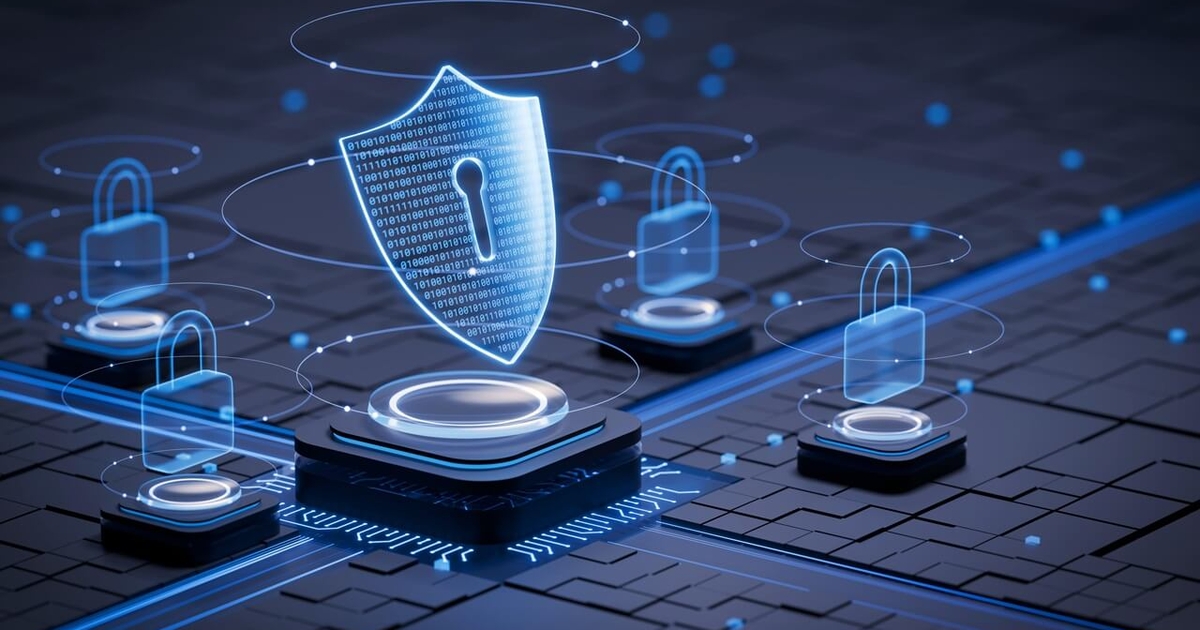
In today’s hyperconnected world, where everything from personal conversations to billion-dollar transactions happens online, cybersecurity has shifted from being a technical afterthought to a boardroom priority. The stakes are no longer just about protecting “data” — they’re about safeguarding trust, reputation, and, in some cases, national security.
The Rising Threat Landscape
The internet was built for sharing, not security. That’s why cybercriminals thrive in this environment, exploiting every gap — from outdated software to human error. We’re seeing an evolution from lone hackers working in basements to highly organized cybercrime syndicates and state-sponsored operations.
Common threats include:
-
Phishing attacks that manipulate human psychology.
-
Ransomware that locks down systems until payment is made.
-
Data breaches that expose millions of personal records in seconds.
-
Advanced Persistent Threats (APTs) — slow, stealthy, and devastating.
Why Cybersecurity Matters More Than Ever
It’s not just about IT departments anymore. From hospitals that can’t access patient files to factories halted by malware, cybersecurity incidents can paralyze operations across every sector.
Beyond the financial losses, there’s a deeper cost: loss of trust. In the digital economy, trust is currency. Once it’s gone, it’s nearly impossible to earn back.
The Human Factor
Surprisingly, the weakest link in cybersecurity is often the human element. Clicking on a suspicious link, reusing passwords, or ignoring software updates can be all it takes for a breach to occur. Cybersecurity training isn’t a “nice-to-have” — it’s a frontline defense.
Best Practices for a Safer Digital World
-
Multi-Factor Authentication (MFA) – Never rely on passwords alone.
-
Regular Software Updates – Close security holes before they’re exploited.
-
Data Backups – Ensure ransomware doesn’t mean game over.
-
Incident Response Plans – Be ready to act, not react, in a crisis.
-
Zero Trust Architecture – Never assume; always verify.
The Future of Cybersecurity
With AI, IoT, and quantum computing entering the mainstream, the attack surface will only grow. We’re moving toward predictive cybersecurity — using machine learning to detect threats before they strike. However, technology alone won’t save us. Cybersecurity will always be a partnership between tools, policies, and people.
Bottom Line: Cybersecurity is no longer optional. It’s the invisible shield protecting our digital lives — and in an era where a single click can cause chaos, that shield must be stronger, smarter, and always ready.








